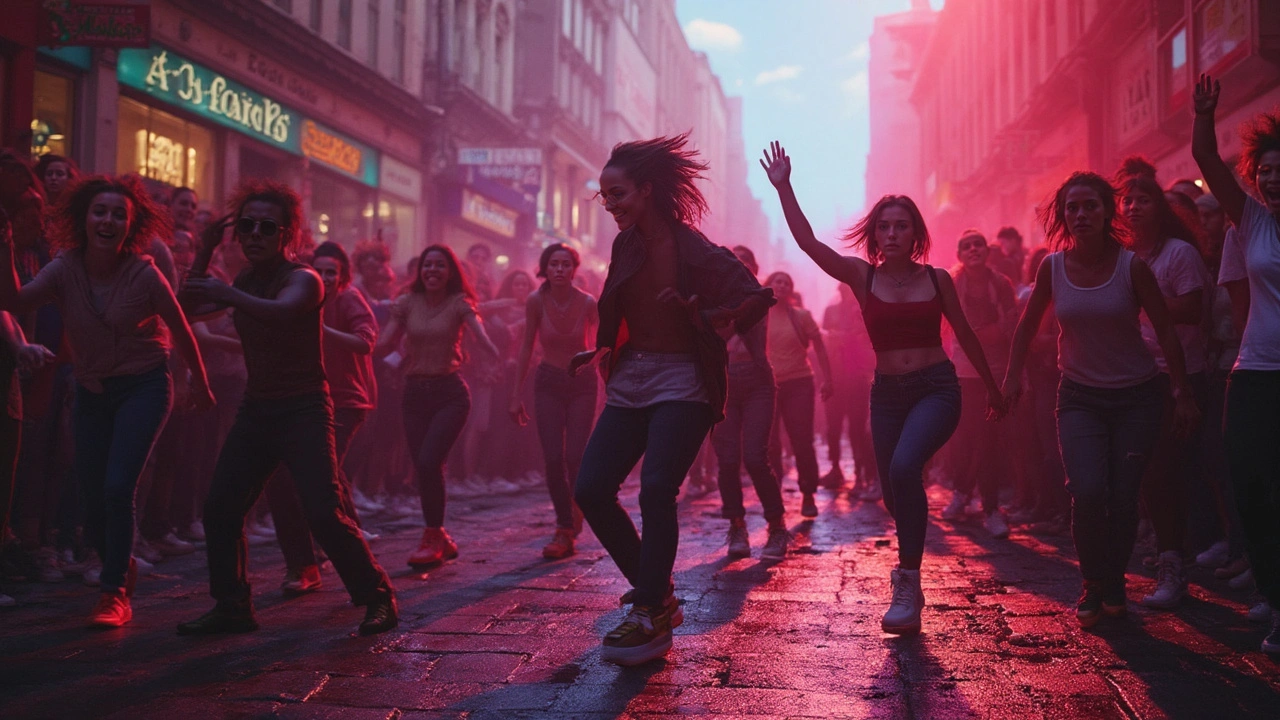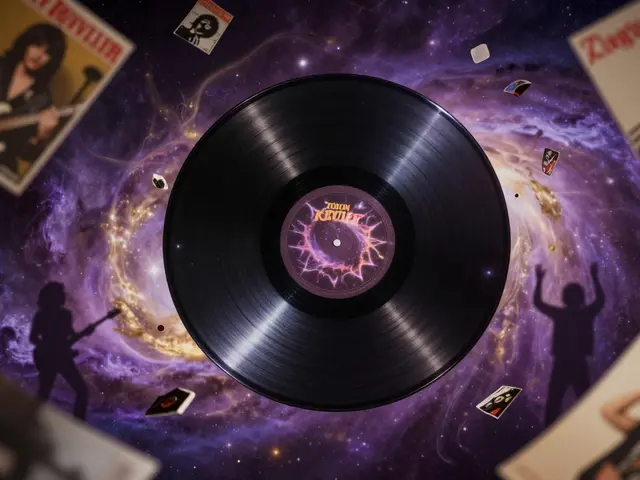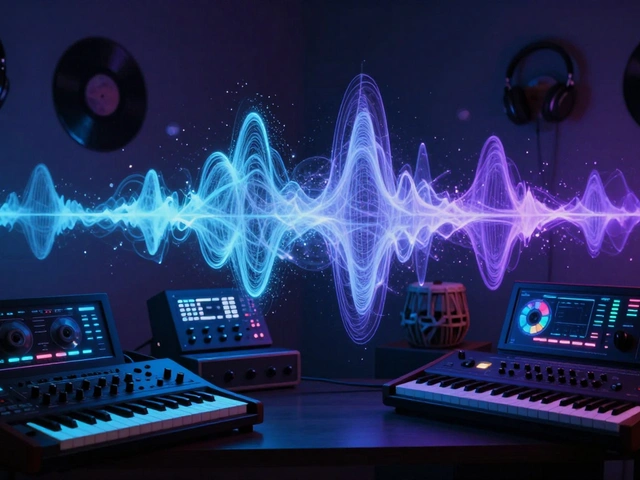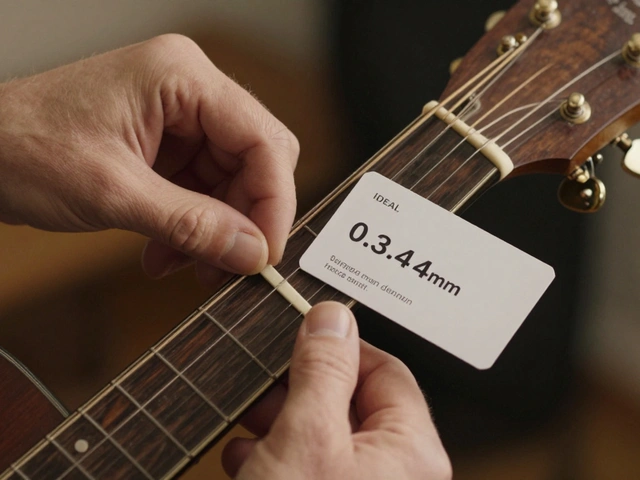Step into the world of dubstep dance, and you're in for a wild ride of beats and motion. It's more than just a dance style; it's a way to feel the music in your bones and express every twist and drop through your moves. Some folks say it's like becoming one with the beat when the bass drops. And it’s true! You don’t just dance to dubstep; you let it guide you.
So, where did this electrifying dance originate, and how do you get started? Dubstep music—which fuels the dance—sprung out of London's underground scene in the late '90s. Infused with creative energy, dancers began crafting unique moves to match the evolving rhythm. Fast forward to the present, and it’s a global phenomenon, sparking dance battles and online viral videos.
- Introduction to Dubstep Dance
- Brief History of Dubstep Music
- Basic Moves Every Newbie Should Know
- Popular Dubstep Routines
- Tips to Improve Your Dubstep Dancing
- The Future of Dubstep Dance
Introduction to Dubstep Dance
If you've ever found yourself bobbing to that irresistible heavy bass, you might have already tasted the vibe of dubstep dance. This style is like the cool, electric cousin of the dance world—effortlessly blending rhythm with bursty, high-energy moves. It's not just about looking good but also about truly feeling the music.
Dubstep dance emerged in the early 2000s, gaining momentum alongside its musical counterpart. With roots in the UK garage scene, dubstep music is known for its intense bass lines and unpredictable beats, which inspire dancers to push boundaries and innovate on the dance floor. Think of it as a conversation between the dancer and the music—each move is a reaction to the rhythms in front of you.
This style is rich with personality. You’ll often see influences from hip hop, popping, and even elements of robotics. Newbies might want to start with mastering some key moves. An essential part of dubstep dance is the dance moves called 'wobble,' where dancers seem to defy gravity with their fluid yet jarring motions. Of course, there’s also isolations and liquid movements that give that signature dubstep feel.
What makes dubstep dance accessible is its emphasis on personal expression. While there are certain staple moves, there's plenty of room to add your unique flair. It’s all about interpreting the music and letting it transform your movements. No two dubstep dance performances are alike, which keeps the style fresh and exciting.
To keep up with its dynamic beats, seasoned dancers often emphasize the importance of stamina and flexibility. These qualities help in executing the quick, sharp transitions and intense routines that dubstep is famous for. So, if you’re thinking about jumping into this scene, be ready for a dance workout like no other!
Brief History of Dubstep Music
Dubstep music is like the cool underdog story of the electronic music world. It all started in the late 1990s in South London's underground scene, mixing elements from UK garage, techno, and reggae-influenced dub. DJs and producers were experimenting, driven by an urge to create something fresh and exciting.
By the early 2000s, the dubstep music style had its own niche, marked by its distinctive heavy basslines and syncopated rhythms. A key moment was when Forward>>, a club night in London, began showcasing this emerging sound, bringing attention to pioneers like Skream, Benga, and Digital Mystikz. These artists helped shape the genre's identity, setting the stage for its explosive growth.
The switch from underground to mainstream happened around 2010, when artists like Skrillex and Rusko introduced dubstep to a broader audience, particularly in the U.S. Their high-energy tracks captured the attention of festival-goers and soon became a staple in pop culture.
To give you an idea of how dubstep evolved over the years, here's a snapshot of its timeline:
| Year | Event |
|---|---|
| 1998 | Dubstep begins emerging in South London's underground scene. |
| 2001 | First regular dubstep night, Forward>>, launches in London. |
| 2005 | Dubstep track 'Midnight Request Line' by Skream brings attention to the genre. |
| 2010 | Skrillex's track releases, bringing dubstep into the mainstream. |
It's wild to think about how something birthed in dimly lit clubs in London could turn into a worldwide sensation that packs arenas and festivals today. That’s the power of dubstep—it’s a sound born from innovation and a rebellion against conventions, and it never stops evolving.
Basic Moves Every Newbie Should Know
Alright, you're pumped to jump into the world of dubstep dance, but where to start? It's all about getting comfy with the basics. Nail these foundational moves, and you'll be well on your way to rocking any dance floor.
First up is the Robot. This isn't just about jerky movements; it's about hitting those mechanical stops that sync perfectly with the beat. Start with your arms and gradually bring in your legs and torso. Each movement should be sharp and precise, making you look like you're straight out of a sci-fi flick.
Next, try the Wave. You're basically making your body flow like a ripple. Begin with your fingertips, roll through your wrist, elbow, and shoulder, then let the wave travel through your chest and down to your hips. This one’s all about smooth transitions.
The Glide is where you make the dance floor your playground. It's similar to moonwalking but with more variations. You start by using your feet to slide across the floor gracefully, giving the illusion of skimming air.
Make sure you don't skip the Popping. It's where you rapidly contract and relax muscles to create a hit or a pop in your body. It goes great with dubstep music, making every beat count. Focus on practicing this with different parts of your body to really own the move.
Here’s a little stat drop: about 70% of amateur dancers feel more confident after mastering these few moves. So, give them a shot!
Finally, put it all together in short combo routines. Use a mix of these moves: start with the Robot, transition into the Wave, add some popping in between, and finish off with a killer Glide. With practice, you’ll not only get the hang of it but develop your own unique style.
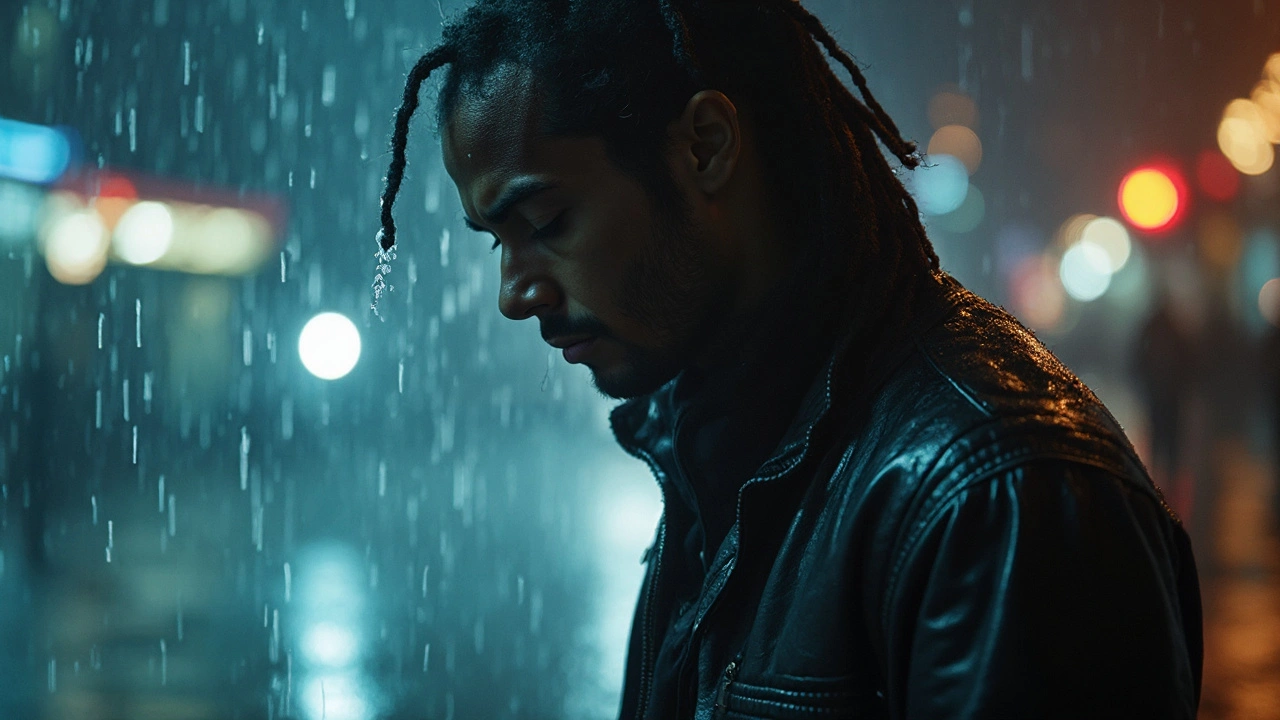
Popular Dubstep Routines
Getting into popular dubstep routines can be super exciting. These routines mix creativity with rhythm, showcasing some of the most iconic moves and grooves embraced by dancers worldwide. If you’re tuning into YouTube or TikTok for dubstep dance, you’ve probably seen a few of these routines steal the spotlight.
One of the standouts is the 'Robot'. This move takes inspiration from mechanical movements, making the dancer look like a human machine. It’s all about controlled, jerky motions that sync perfectly with the track's beat. To really nail this, focus on isolating your joints and moving each part of your body separately.
Another staple is the 'Liquid Dance'. It's as smooth as it sounds, with seamless body flows and a hypnotic wave-like movement pattern. Dancers use fluid arm motions, creating the illusion that their arms are made of liquid. Key here: keep your arms relaxed and let the beat guide your flow.
Then, there's the 'Glitch', which takes a bit of practice to perfect. It involves quick, sudden movements that mimic the effect of a digital glitch. The secret is in the contrast—smooth moves that suddenly 'glitch' into quick pops, matching dubstep's unpredictable rhythms.
For those who live for dynamics, routines often include 'Popping and Locking'. Emerging from funk and street dance cultures, these moves emphasize hitting strong poses ('popping') followed by rapid locks in position, then moving sharply from one stance to another.
As dubstep music continues to evolve, with its heavy bass lines and intricate rhythms, dancers are constantly remixing old routines and inventing new ones. Some dancers even incorporate acrobatics or elements from styles like hip hop or breakdancing, giving their routines a unique flair.
Whether you're aiming to perform at a local event or simply want to impress your friends at a party, getting the hang of these popular moves will definitely take your dubstep dance game to the next level. So, hit play on your favorite track and start moving!
Tips to Improve Your Dubstep Dancing
Alright, so you're into dubstep dance and want to up your game? First things first, practice makes perfect. But not just any practice; we're talking focused, consistent practice with some solid strategies.
One way to enhance your moves is to break them down into small parts. If you've got a favorite move that’s got you tangled, try isolating the tricky parts. Work through them slowly before amping up the speed. It’s like building a muscle—repetition is key!
Another solid tip is to record yourself. Yeah, it might feel awkward at first, but nothing beats seeing what you look like from the outside. Check your form, polish the rough edges, and see which moves pop.
Got a role model in the dance world? Sure you do! Watch their videos. Not to copy, but to inspire. Notice their energy and how they flow with the dubstep music. It’s all about learning and adapting to find your unique style.
Don’t forget about flexibility and strength. Yup, dropping to the floor takes muscles and grace. Mix in some stretching and maybe even a bit of strength training into your routines. It can do wonders.
Here’s a cool hack: dance in front of a mirror. It helps to see that funky facial expression you pull off for dramatic effect. Plus, it creates instant feedback—fix what needs fixing right away!
- Break down tricky moves into manageable parts.
- Record and watch yourself dance to catch areas of improvement.
- Watch pro dancers for inspiration and style ideas.
- Incorporate strength and flexibility training.
- Use a mirror for real-time feedback.
Finally, while learning all the techniques, remember why you're dancing in the first place. Let the music guide you. If you’re feeling it, your audience will too. So, get out there, hit that beat, and become that dubstep dynamo you're meant to be!
The Future of Dubstep Dance
So, what's next for dubstep dance? Well, it's not just staying the same, that's for sure! The dance is picking up new influences, mixing styles, and evolving as dancers push boundaries and experiment. A lot of folks are blending dubstep dance with other techniques like hip-hop and even elements of martial arts. Imagine that: a dance-off that feels like a ninja showdown!
Technology is also getting in on the action. With VR dance classes and motion capture, people can experience dancing styles like never before, from the comfort of their living rooms. These innovations make it super easy for anyone, anywhere, to learn new dance moves and stay connected with the latest trends.
The community aspect is also huge. With social media, dancers share routines and collaborate across countries. This cross-pollination of ideas fires up the dance floor with fresh energy. As Jeremy Yang, a renowned dance choreographer, puts it, "Dubstep dance is like a global conversation where every move tells a story."
"Dubstep dance is like a global conversation where every move tells a story." – Jeremy Yang, Choreographer
There's also been a rise in competitions and battles, keeping the spirit of friendly rivalry alive. A lot of these events are streamed online, engaging bigger audiences. If you're into analytics, there's even cool data showing how fast this dance style grows. Here's a quick glance:
| Year | Online Views (in millions) | Participation Increase (%) |
|---|---|---|
| 2023 | 150 | 20% |
| 2024 | 185 | 23% |
So, whether you're stepping into your first dubstep dance class or already spinning in competitions, the future of dubstep dancing looks bright with endless possibilities and plenty of room for everyone to make their mark.

